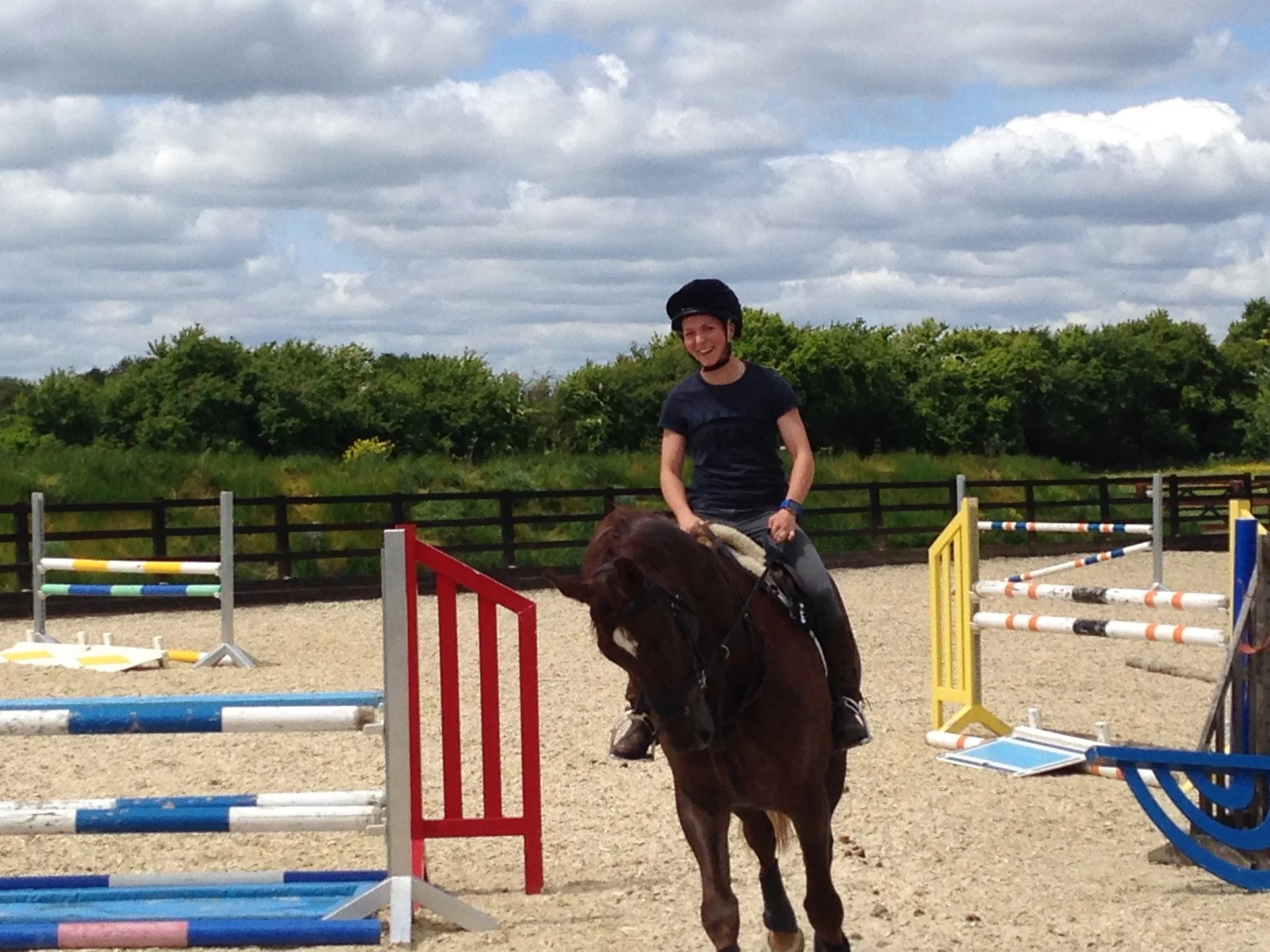LGBTQ+ in sports: why the disparity? What can tennis learn from other sports?
People close to me would probably describe me as ‘athletic’ and a bit of a ‘sports woman’. I’ve always watched tennis, but it was only in February 2022 that I picked up a racket and started playing at my local club.
Prior to that, horse riding was my ‘happy place’.
However, in equestrianism, often if someone identifies as LGBTQ+, they’re a gay man. As a gay woman, I never found anyone else like me at the various yards I rode at. Perhaps more importantly, I also didn’t find that I had any role models with there being no openly gay female professional equestrian athletes in the 90’s and 2000’s.
In 2018, openly LGBTQ+ equestrian stars discussed how they believe the sport embraces diversity in a Fédération Équestre Internationale article.
Yet, rather ironically, all four athletes interviewed were gay men. Even now, in 2023, there is only one openly gay woman in equestrianism.
What has become very apparent to me through my sporting ventures is that there is an obvious disparity between sports with openly LGBTQ+ athletes, especially at professional levels. Why is it that in certain sports, it is more common to find openly gay women such as in rugby union, football and tennis, yet in the same sports, it is a rarity to find openly gay men?
It has been suggested that this disparity is in part due to the fact that women participating in sport has meant challenging gendered norms and expectations – as openly gay women do simply by coming out.
Whereas, for men, sport participation is intrinsically associated with reaffirming and embodying all those characteristics that we ‘expect’ of men e.g., competitiveness, strength, athleticism etc, which we typically do not associate with gay men.
Perhaps this is true, and we cannot draw comparisons between a sport such as equestrianism where all genders compete on a level playing field, to tennis where the genders are separated (apart from mixed doubles of course).
However, given the fact that at present, there are still no out gay men on the ATP tour, is there anything that men’s tennis can learn from other sports and, indeed, women’s tennis?
In 2021, Carl Nassib became the first active NFL player to come out as gay, with Nick McCarthy of Leinster’s Rugby Club also coming out last year. Both athletes attributed a large part of the reason that they felt comfortable and able to share their stories was due to their support networks in their friends, family, and teammates. Similarly, Carl Hester suggested that having a team who care about you and being your authentic self will command the respect of those around you.
Recently, when Dasha Kasatkina came out, she attributed a large part of why she was able to do so to having a role model – Nadya Karpova, a Russian professional female footballer player, who came out a month prior.
As far as role models within tennis are concerned, we need look no further than Billie Jean King.
Of course, the issues between gay men and women are different but Billie Jean’s clear visibility over the years has undoubtedly paved the way for other professional women’s tennis players to come out.
Just like I was lacking gay female role models in 90s and 00s equestrianism, men’s tennis is still searching for its own and as Hester, Nassib and McCarthy found, a strong foundation of support is crucial for when that moment comes.
Hopefully, with more athletes coming out and acting as role models in other sports, and of course in women’s tennis, we may start to see the first gay male trailblazers in tennis appearing soon.
About the author – Rianne Costello (she/her) is a Senior Technician in Sport & Exercise Science at Coventry University and a registered Sports & Exercise Nutritionist. When not at work, Rianne plays at club level at Swindon Tennis Centre, is an avid amateur photographer and can often be found going on adventures with her German Shepherd, Indi at the weekend.





